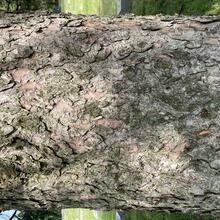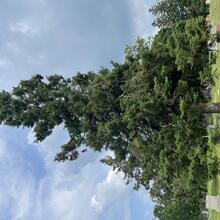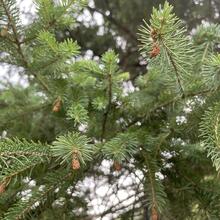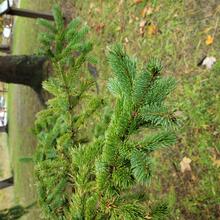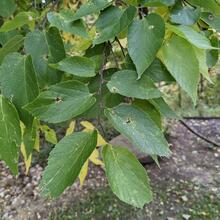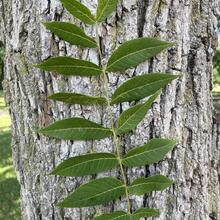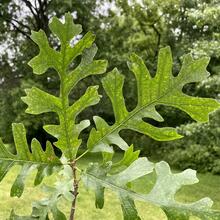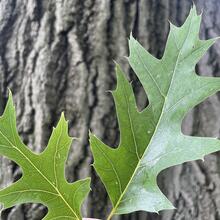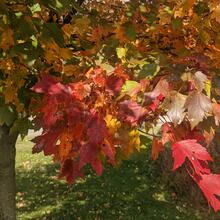Picea glauca
Pinaceae
Slow-growing evergreen with blue-green needles. Dwarf form in cultivation as spire-shaped shrub. Tolerates range of soil condition except wet soils. Useful as windbreak.
Summary
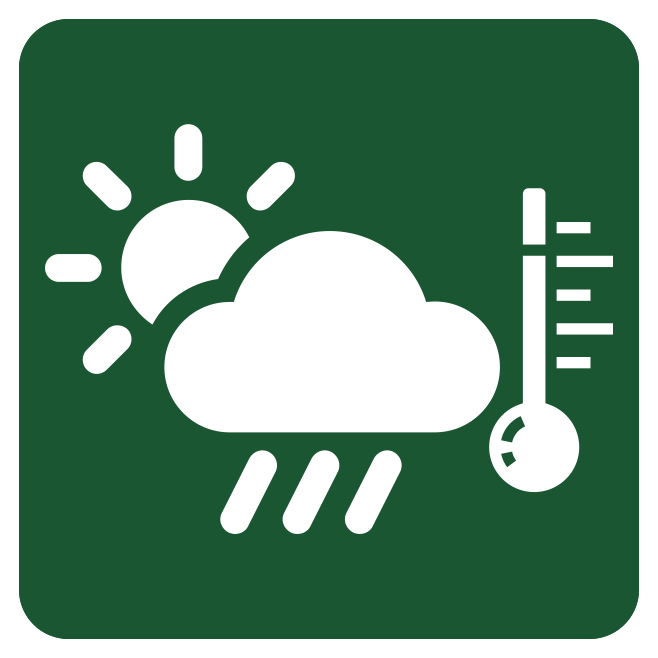 Climate Tolerance
Climate Tolerance
Lost
Wildlife Benefits
Seeds food source for birds, small mammals
Pollination Type
Wind
Plant Hardiness Zones
2 to 6
Bloom Time
Spring (Apr-May)
 Shade/Sun Tolerance
Shade/Sun Tolerance
Full Sun: Receives 6 or more hours of direct sunlight
 Maximum Height
Maximum Height
Large (75-100 ft)
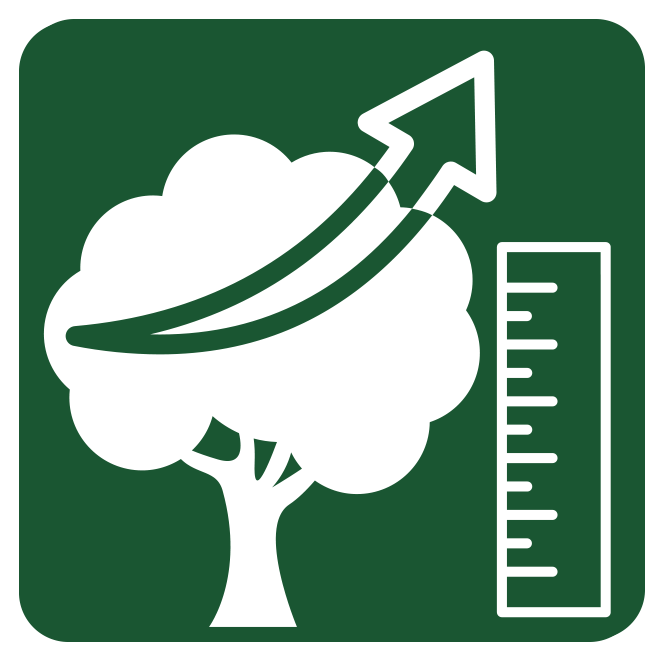 Growth Rate
Growth Rate
Slow: 1 ft or less per year
 Soil Type
Soil Type
Clay: Small sized particles. Long moisture retention and low nutrient availability.
Loam: Equal mix of clay, sand, and silt. Moderate moisture retention and high nutrient availability.
Sand: Large/coarse particles. Short moisture retention and low nutrient availability.
 Soil Moisture Tolerance
Soil Moisture Tolerance
Dry - Moist: Soil can be dry for periods of time and can retain little moisture for periods of time
Root - Fungal Association
Ectomycorrhizae: Symbiotic relationship with fungi that exist on outside of plant root cells, facilitating nutrient uptake
Pest & Pathogen Risks
Low; Needle rust, spruce budworm
 Urban Stress Tolerance
Urban Stress Tolerance
Medium: Tree can adapt to a few urban conditions and will generally grow well
Drought Tolerance
Tolerant: Tree will not become stressed during periods of drought
Native Status
US-Native: Species is not native to Ohio, but is native to the United States
NatureServe G-rank
G5
Plant Community Type
- Beech Mixed: Absent
- Oak Mixed: Absent
- Alluvial: Absent
- Red Maple Mixed: Absent
- Ruderal: Absent
- Urban Tree Cover: Common
Bloom Color
Red
Yellow
Form
Tree
 Lifespan
Lifespan
Medium: 100-250 years
Soil pH
Circumneutral (pH 6.8-7.2)
Wetland Indicator Status
FACU: Facultative Upland, usually occurs in non-wetlands, but may occur in wetlands
Soil Compaction Tolerance
Sensitive: Tree will become stressed from soil being compacted
Heat Tolerance
Tolerant: Tree will not become stressed for increased temperature due to urban heat island effects
Salt Tolerant
Tolerant: Tolerant to both aerial salt spray and salt present in soil
Native County Status
Not Native to NE Ohio
IUCN Red List Assessment
Least Concern
